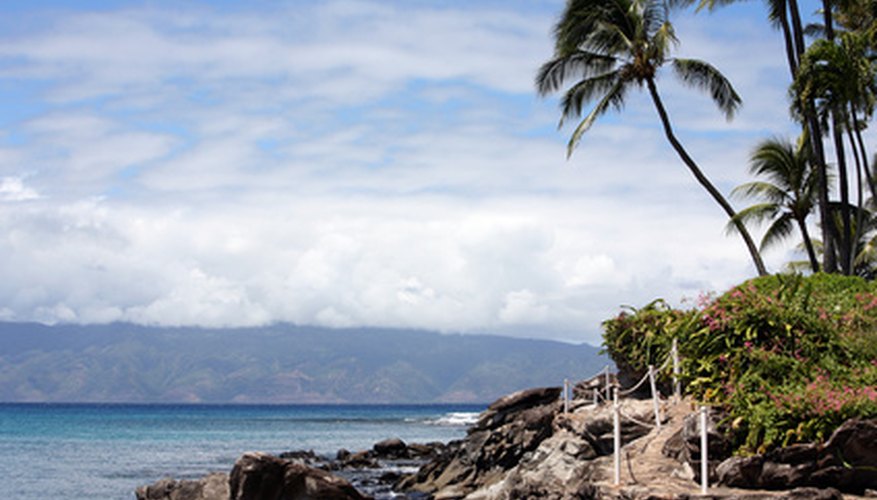
Spear fishing is an ancient technique, dating back at least 300,000 years. It remains popular today as a recreational pastime or sport. Hawaii is a popular destination for spear fishermen, both for the size and type of fish there, and the liberal spear fishing laws. A license for recreational, marine fishing is not required in Hawaii but size and species restrictions do apply, and many fishing areas have specific regulations.
Freshwater Game
A Freshwater Game Fishing License is required. If bag limits apply, one bag per day, per licensee is the rule. Children older than 9 years require their own license. The catch of adult-supervised children under 9 years counts toward the adult licensee's bag.
Dive Flags
Spear fishing-divers fishing in navigable waters, must mark their position with a dive flag and must not surface more than 100 feet from the flag, except in an emergency. The applicable regulations state that, "Dive flags displayed on the surface of the water must be a minimum of 12 by12 inches. If mounted on a vessel greater than 16 feet in length, dive flags must be a minimum of 20 by 20 inches and displayed with a blue and white alpha flag."
Regulated Species
Fishing with spears is allowed for all fish, but size limits apply to certain species. The Hawaii Division of Aquatic Resources (DAR) publishes a list of the regulated species and the applicable size limits online. Other restrictions, such as closed season, apply.
Crustaceans, Turtles Aquatic Mammals
It is unlawful to spear any crustacean (except for introduced, freshwater prawn), turtle or aquatic mammal at any time in the state.
Regulated Areas
Area-specific regulations apply in several locations. These are O`ahu, Hawaii Island, Kauai, Maui County and the Northwestern Hawaiian Islands Marine Refuge.
References
Writer Bio
Based in rural Kent, England, Mike Davis has written since 1995 on subjects as diverse as motorcyling, sewing, pyrotechnics and didgeridoos. In addition to various online sites, his articles have appeared in "Null Hypothesis" magazine and in the books "Defining Moments in Science" and "Little Black Book of Science."



